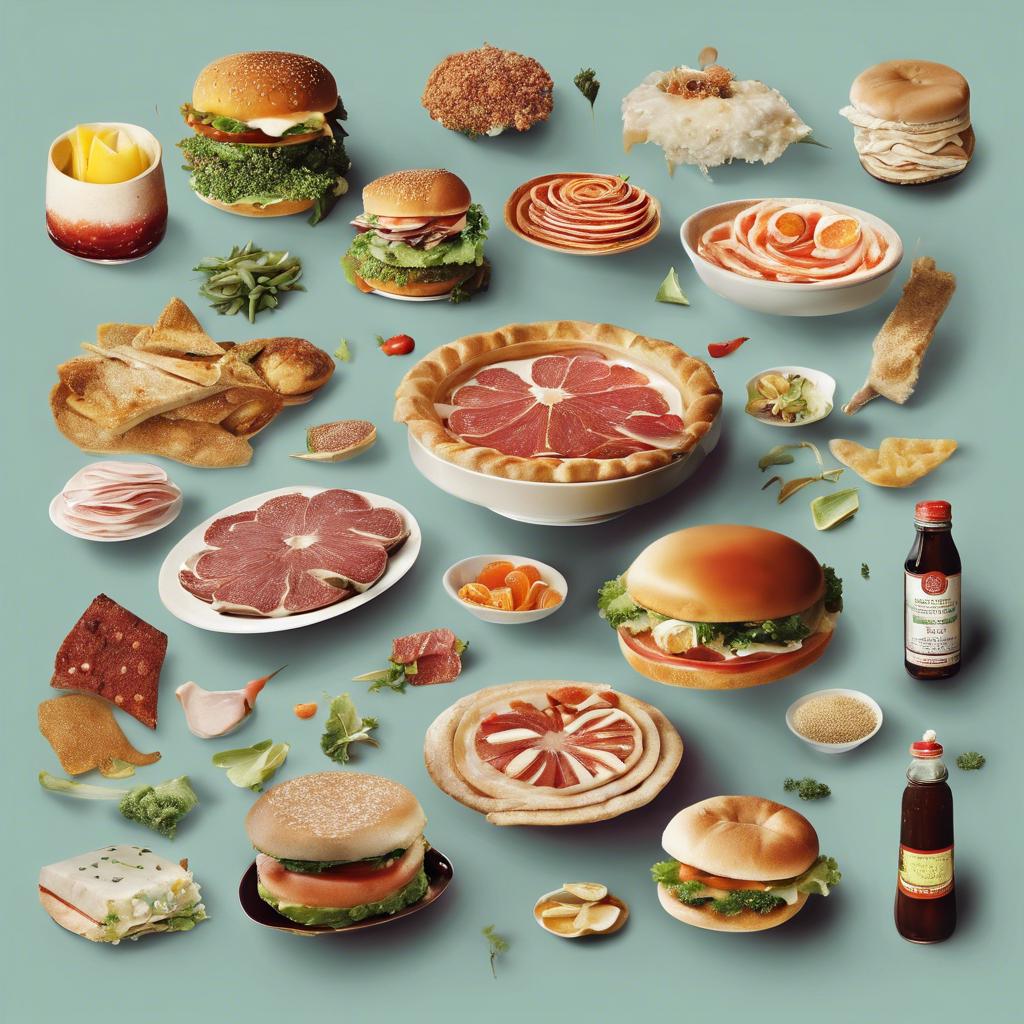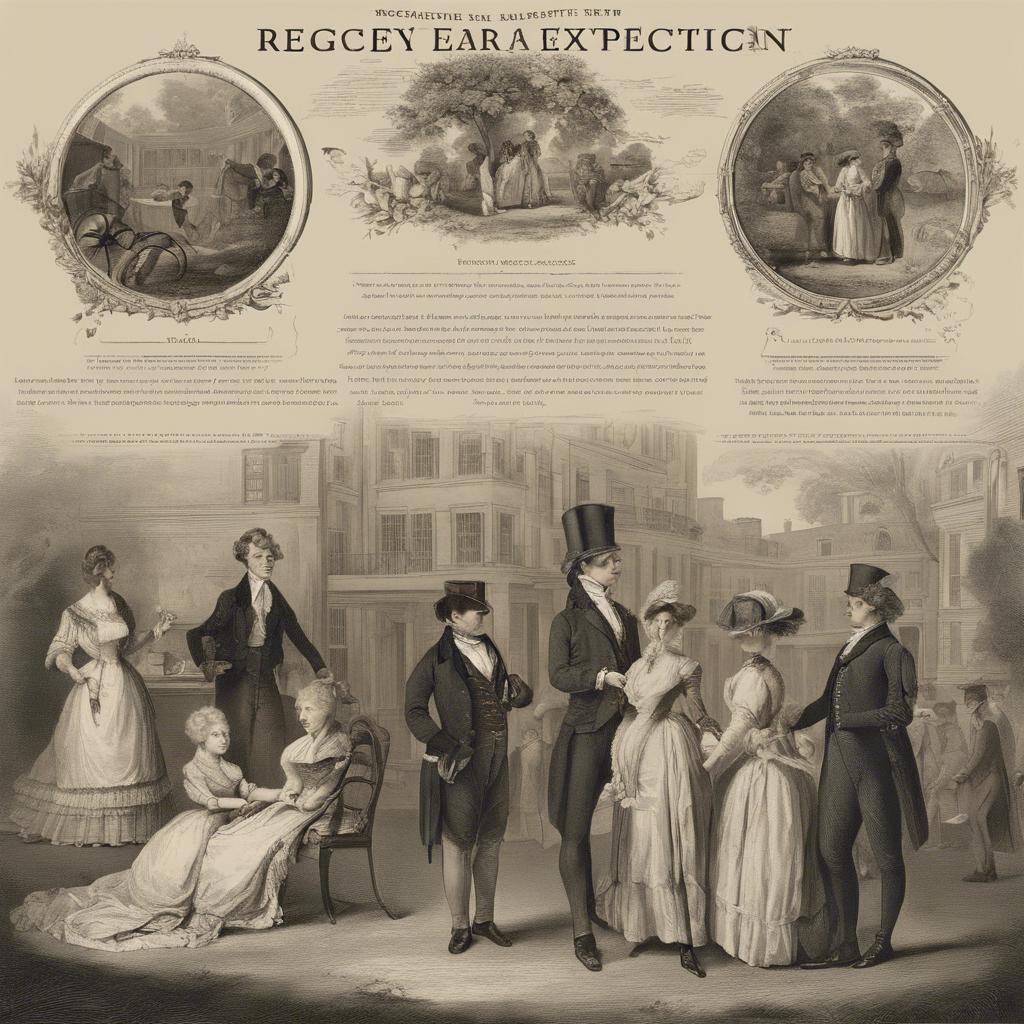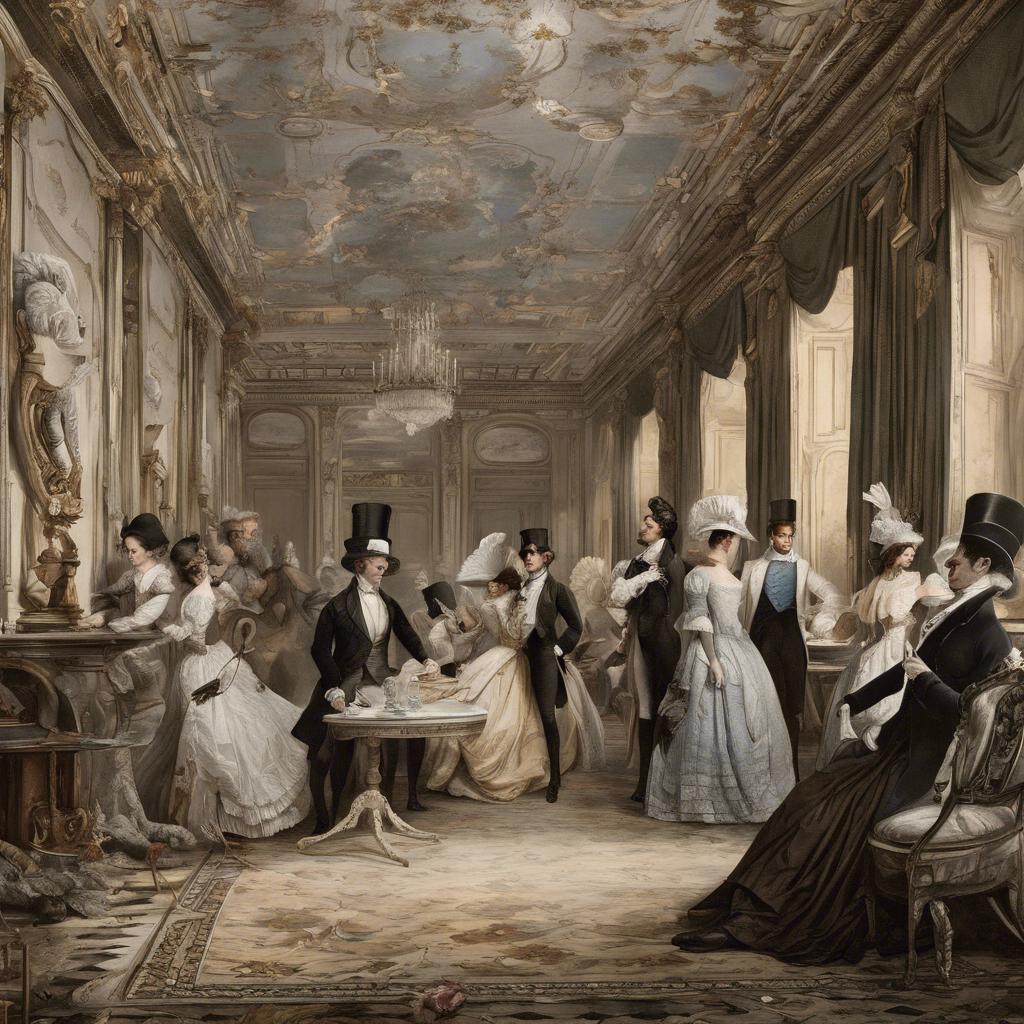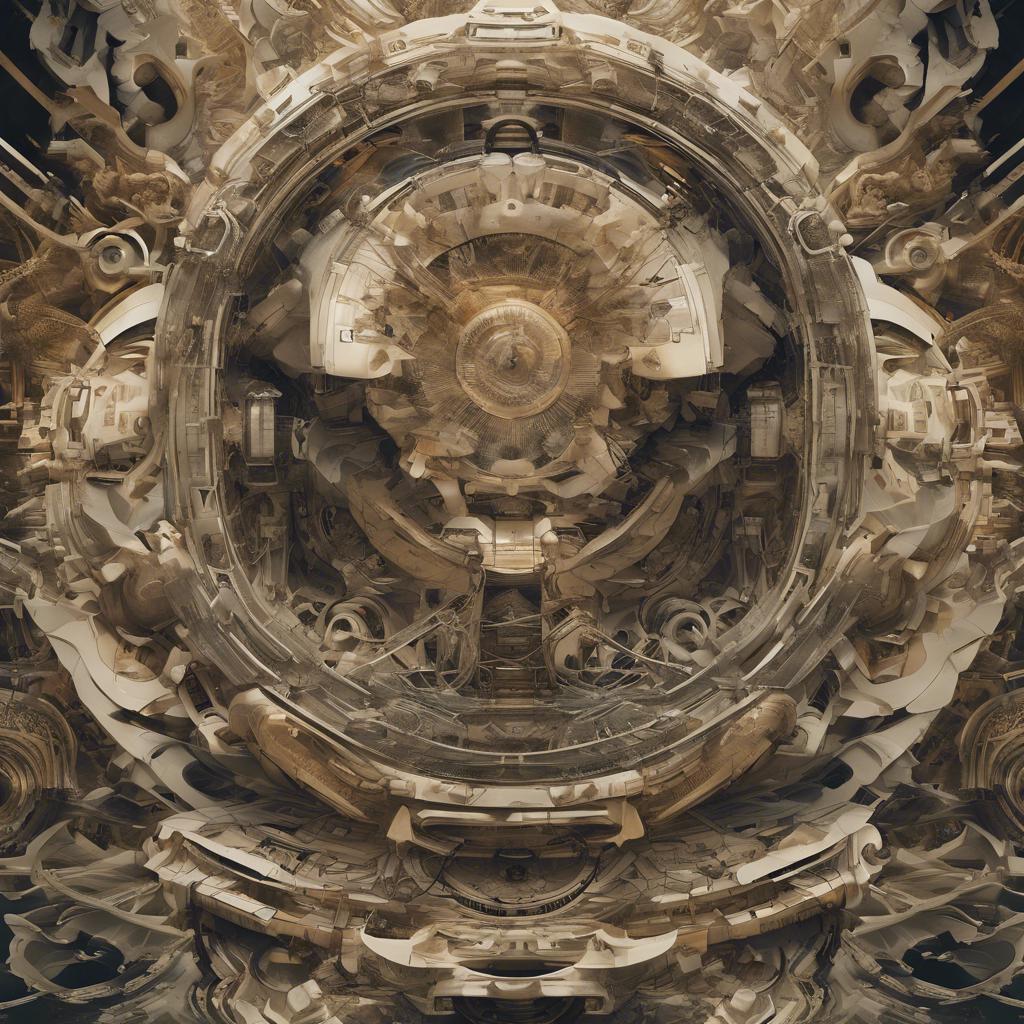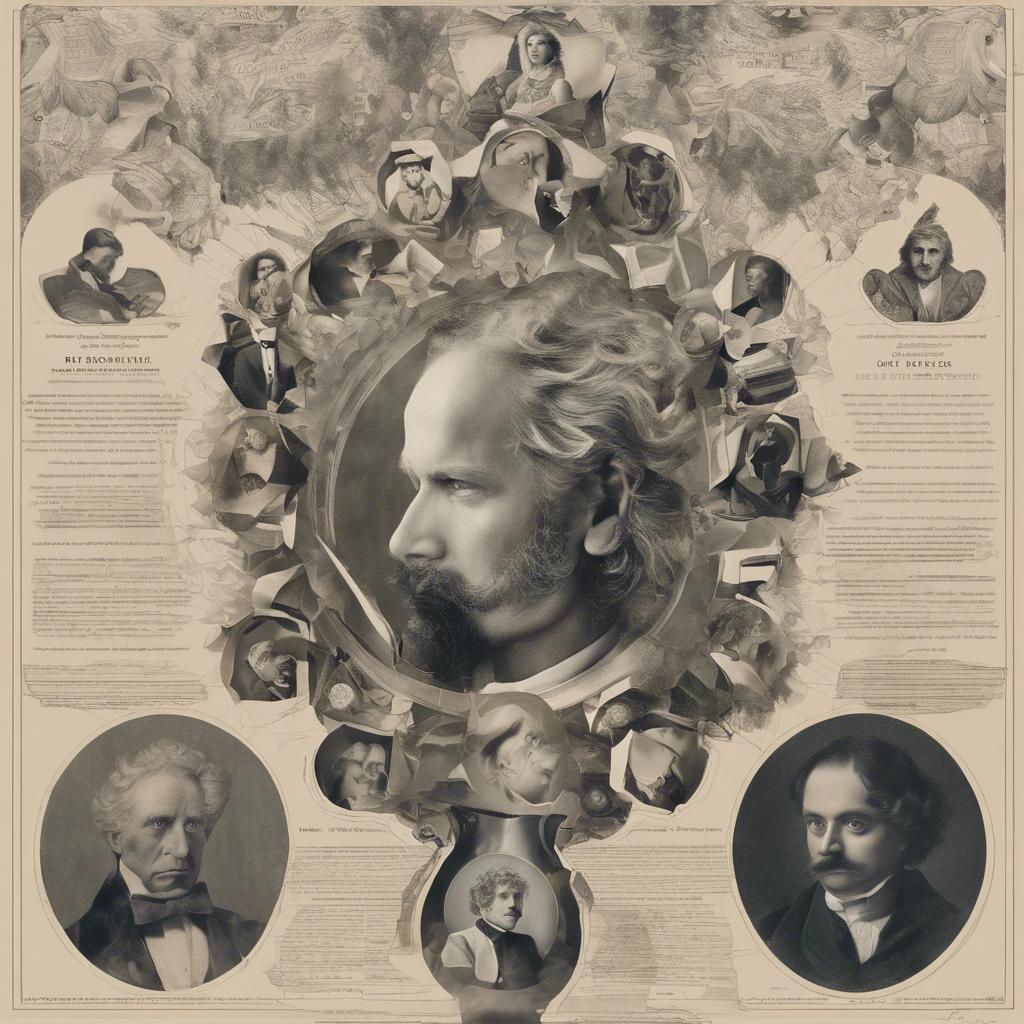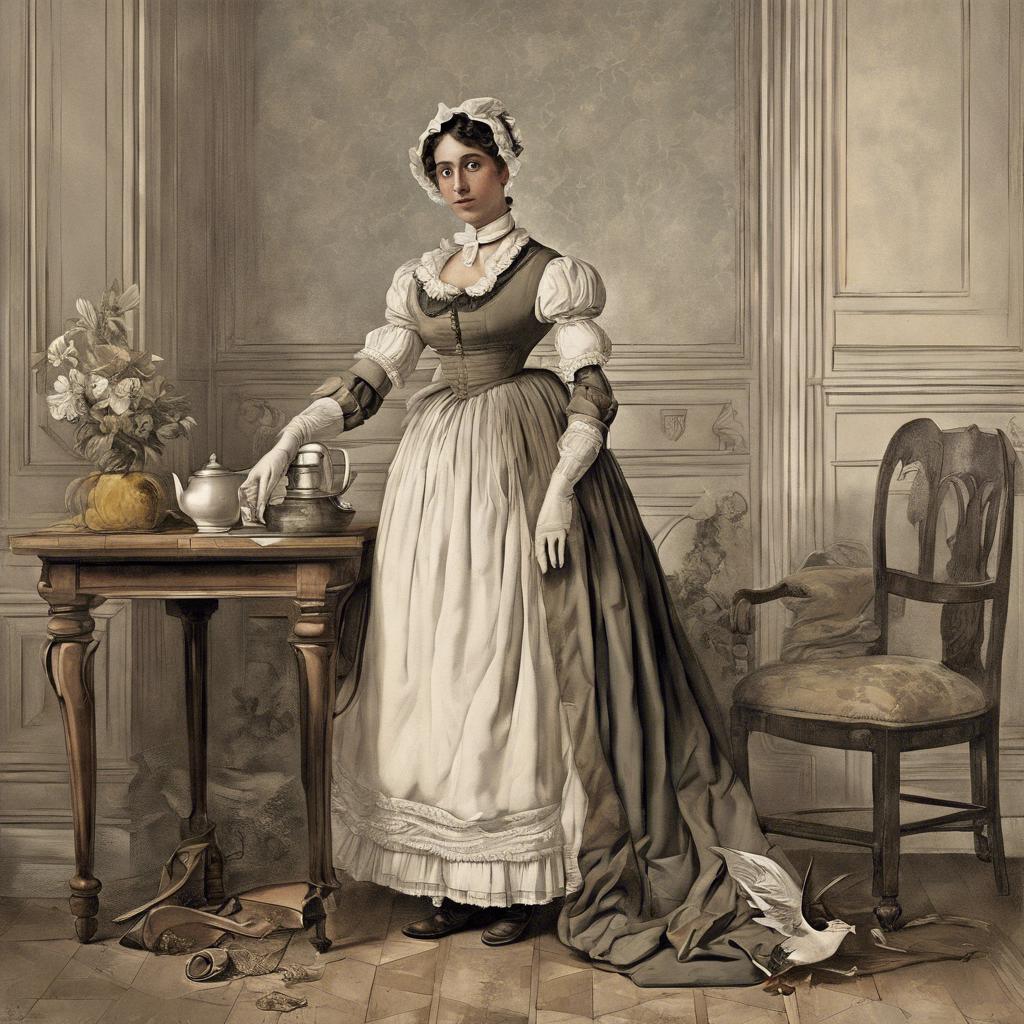Posted inRegency era
regency period food
During the Regency period, food played a crucial role in society, reflecting both status and etiquette. Meals were elaborate and multi-course affairs, with exotic ingredients such as truffles and oysters being highly prized. Each dish was carefully prepared and served with proper decorum, highlighting the sophistication of the era.
